10 Strangest and Most Unconventional Diets in Sports History
Athletes try all kinds of diets to feel prepared, stay confident, or follow routines that somehow worked once and became permanent. These choices range from massive calorie loads to snacks that would puzzle anyone outside the locker room. These stories show how personal these habits can be, even at the highest level of competition.
Ryan Lochte’s McDonald’s Marathon

Credit: Wikimedia Commons
During the 2008 Beijing Olympics, Ryan Lochte fueled his medal runs with steady visits to McDonald’s. He stacked his day with eggs, biscuits, hash browns, nuggets, burgers, and fries. The meals pushed his calorie load toward the 8,000 mark during peak swimming sessions.
Lyoto Machida’s Morning Urine Practice
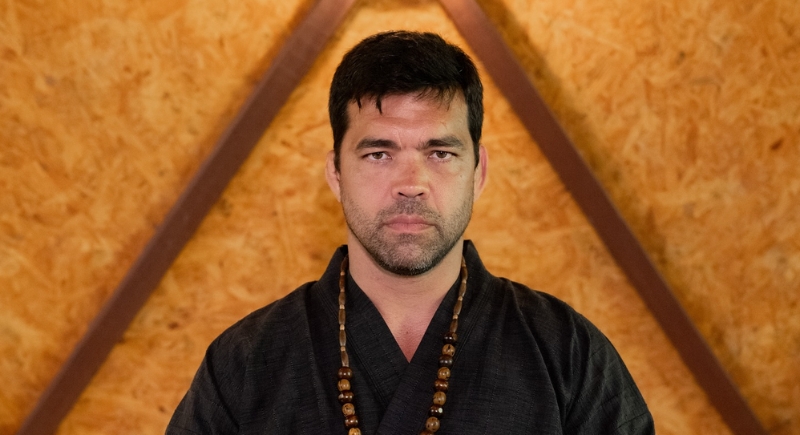
Credit: Instagram
Lyoto Machida followed an unusual habit learned from his father by treating a morning glass of urine as a form of natural support for training. He viewed it as part of a long‑standing martial arts philosophy rather than a performance shortcut. The discussion around his routine spread quickly across the MMA community.
Tim Lincecum’s In‑N‑Out Tradition
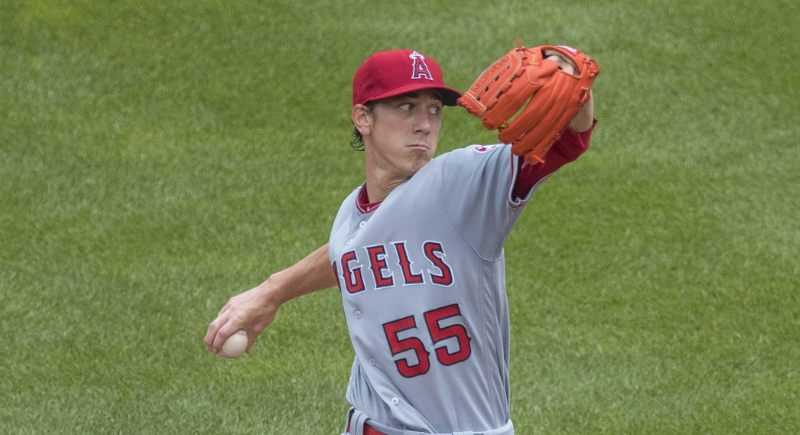
Credit: Wikimedia Commons
Tim Lincecum repeatedly returned to a specific order at In‑N‑Out during the height of his pitching run: three Double‑Doubles, two fries, and a chocolate‑strawberry shake. The meal was approximately 3,000 calories, which felt manageable during long baseball seasons.
Thomas Hicks’ Olympic Stimulant Mix

Credit: Wikimedia Commons
During the 1904 Olympic marathon, Thomas Hicks received a mixture of egg whites and strychnine sulfate from his handlers when he began to struggle in brutal heat. The substance acted as a stimulant at very small doses. They later added drinks to the concoction as he neared the finish.
Stephanie Howe Violett’s Midnight Chip Reach
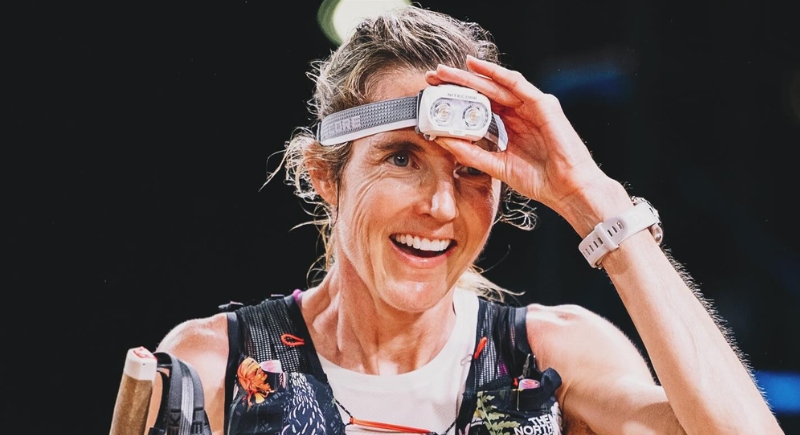
Credit: Instagram
Ultrarunner Stephanie Howe Violett kept blue corn chips near her bed after long races. She often woke up hungry hours after finishing an event and reached for the snack without needing to leave the covers. She paired that habit with homemade spiced nut butter, using it on everything from post-race meals to desserts.
Marshawn Lynch’s Sideline Skittles
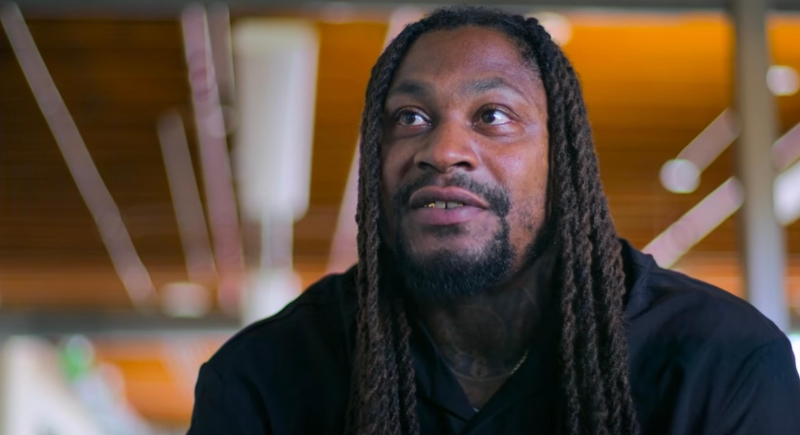
Credit: IMDb
Marshawn Lynch kept Skittles close throughout his football career, tracing the habit back to high school games when his mother handed him a small bag before kickoff. In the NFL, teammates would drop the candy into his hands after big runs, and broadcasters would highlight the ritual.
Wade Boggs’ Chicken‑First Mindset

Credit: IMDb
Wade Boggs believed that chicken meals helped him find better timing at the plate. He kept the routine alive across seasons and asked his wife to prepare variations to avoid repetition. He paired the meal habit with a variety of game-day patterns.
Lamar Odom’s Constant Candy Supply
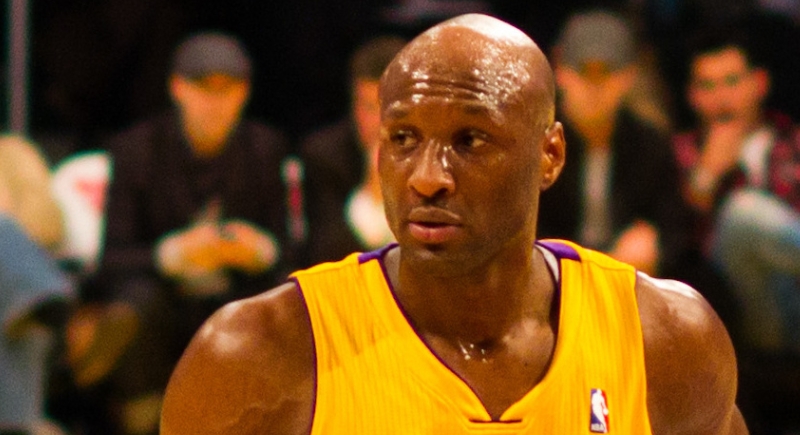
Credit: Wikimedia Commons
Teammates joked that he acted as the locker room supplier during long road schedules. Lamar Odom kept candy near his bed, carried it during team travel, and stocked flavors ranging from chocolate bars to fruit‑based treats. His assistant occasionally made large grocery runs to keep his stash full.
Michael Phelps’ Massive Training Intake

Credit: Wikimedia Commons
During preparations for the Beijing Olympics, Michael Phelps consumed roughly 8,000 to 10,000 calories per day to keep up with long training sessions. His meals included egg sandwiches, large portions of pasta, pizza, omelets, and energy drinks. The numbers often surprised casual fans, but swimmers recognized the workload behind them.
Caron Butler’s Mountain Dew Routine
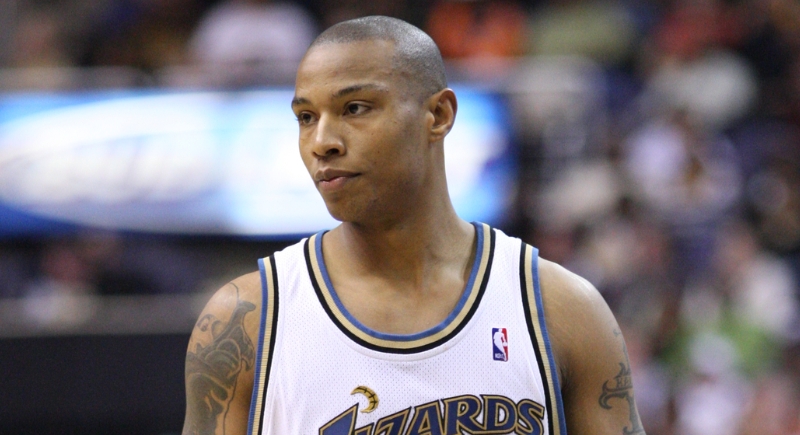
Credit: Wikimedia Commons
Caron Butler relied heavily on Mountain Dew during his college years and early NBA seasons. He often drank an entire two‑liter bottle around game time, splitting the intake before tipoff and at halftime. The habit eventually drew concern from team staff and prompted him to give it up.